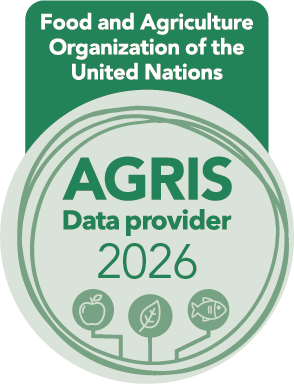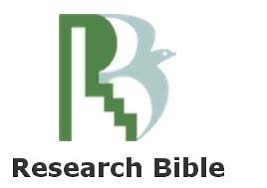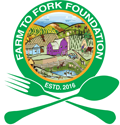Molecular Phylogenetic Characterization and Optimized Rearing of Bactrocera cucurbitae in Dhaka
DOI:
https://doi.org/10.5455/faa.230654Keywords:
Bactrocera cucurbitae, Identification, 16S rRNA gene, Rearing management, Phylogenetic treeAbstract
Bactrocera (Zeugodacus) cucurbitae, commonly known as the melon fly, is a highly destructive and polyphagous insect pest that poses a significant threat to agriculture in Bangladesh. So, we aimed to accurately identify this species through a combination of morphological and molecular analyses and establish a cost-effective rearing system for lab-based research. More than ±300 fly stocks were produced from the initial wild-collected ±50 larvae in the early three months. We found the applied sawdust as a stable, consistent, aerated, sterilizable, and cost-effective medium; replacing the previous use of moist soil to facilitate pupation and ensure healthy fly populations. A phylogenetic tree was constructed based on the 16S gene of the founding sequence of B. cucurbitae and different species of fruit flies available in the GenBank database. The examined family revealed that the mentioned Bactrocera species formed a monophyletic group with a 100% bootstrap value. The morphological identification revealed that Bactrocera cucurbitae shares most of its morphological features with other species of Bactrocera. Meanwhile, the molecular identification method involved the amplification of mitochondrial 16S rRNA gene fragment using universal primers, and sequencing. The resulting 16S rRNA gene sequence, which contains 538 bp (GeneBank Acc Number MW714258), showed a 99% similarity to B. cucurbitae from India, China, and Australia. In this study, we established a cost-effective and highly efficient rearing system for B. cucurbitae, ensuring optimal resource utilization and successful cultivation of the target species and investigated its life cycle on the natural host media Momordica charantia (bitter ground) as part of rearing management. These findings advance our understanding of B. cucurbitae evolution and may inform improved pest management strategies. This study highlights the importance of precise species identification, enhanced rearing conditions, and molecular techniques for pest study and control.
Downloads
Downloads
Published
How to Cite
Issue
Section
License
Copyright (c) 2025 By the Author(s)

This work is licensed under a Creative Commons Attribution-NonCommercial 4.0 International License.





















